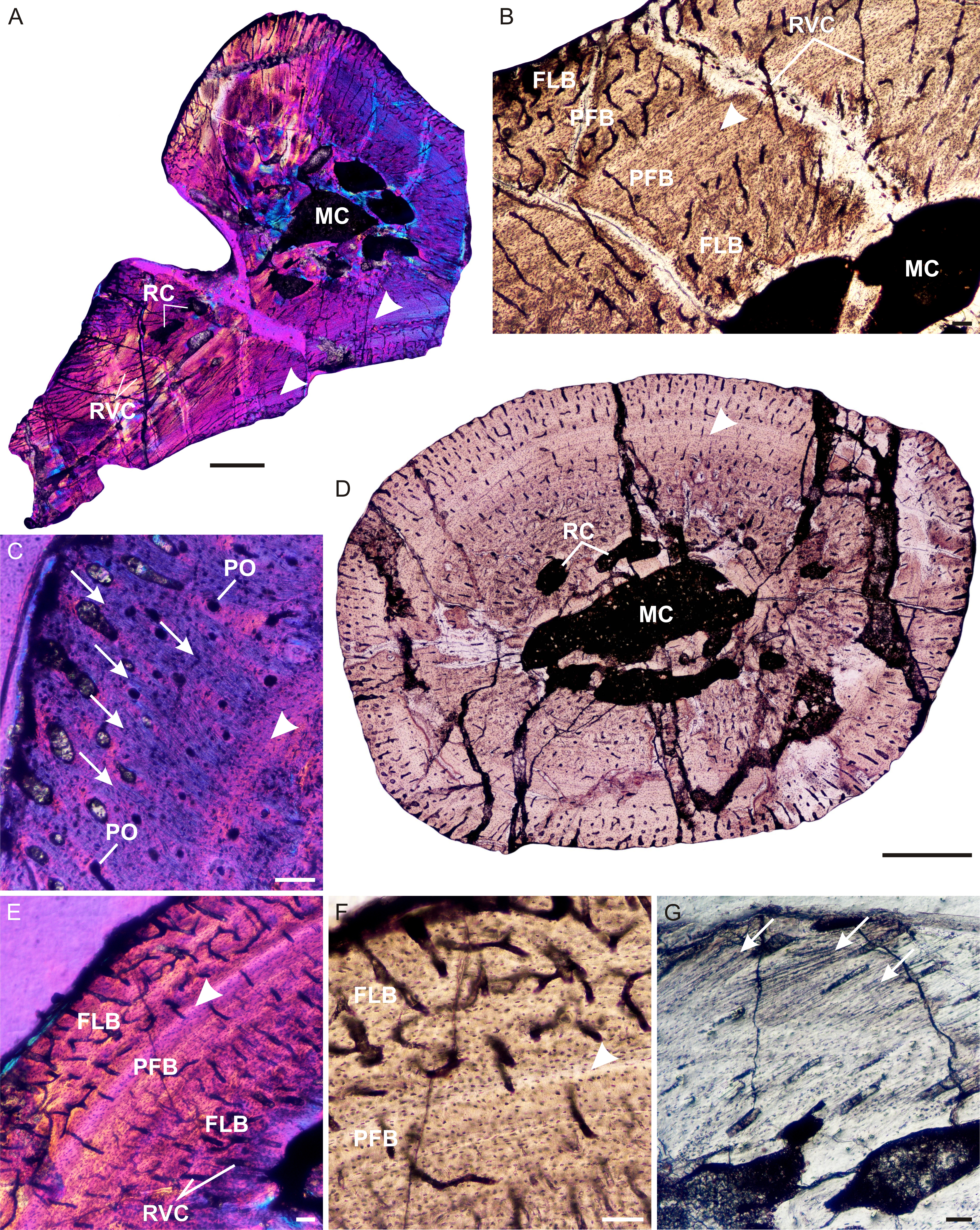Prozostrodon on:
[Wikipedia]
[Google]
[Amazon]
 ''Prozostrodon'' is an extinct genus of advanced cynodonts that was closely related to the ancestors of mammals. The remains were found in
''Prozostrodon'' is an extinct genus of advanced cynodonts that was closely related to the ancestors of mammals. The remains were found in
 ''Prozostrodon'' is an extinct genus of advanced cynodonts that was closely related to the ancestors of mammals. The remains were found in
''Prozostrodon'' is an extinct genus of advanced cynodonts that was closely related to the ancestors of mammals. The remains were found in Brazil
Brazil ( pt, Brasil; ), officially the Federative Republic of Brazil (Portuguese: ), is the largest country in both South America and Latin America. At and with over 217 million people, Brazil is the world's fifth-largest country by area ...
and are dated middle to late Triassic
The Triassic ( ) is a geologic period and system (stratigraphy), system which spans 50.6 million years from the end of the Permian Period 251.902 million years ago (Year#Abbreviations yr and ya, Mya), to the beginning of the Jurassic Period 201.36 ...
. It was originally described as a species of ''Thrinaxodon
''Thrinaxodon'' is an extinct genus of cynodonts, most commonly regarded by its species ''T. liorhinus'' which lived in what are now South Africa and Antarctica during the Early Triassic. ''Thrinaxodon'' lived just after the Permian–Triassic m ...
'' and was probably fairly similar to that genus in overall build. The holotype
A holotype is a single physical example (or illustration) of an organism, known to have been used when the species (or lower-ranked taxon) was formally described. It is either the single such physical example (or illustration) or one of sever ...
has a skull length of 6.7 cm, indicating the whole animal may have been the size of a cat, though there is some doubt as to whether the find represents an adult individual. The teeth were typical of advanced cynodonts, and the animal was probably a small carnivore hunting reptiles and other small prey.
Later analysis indicated ''Prozostrodon'' was more closely related to the mammals than to the ''Thrinaxodon'' species, and it was given its own genus. Cladistic analysis indicates its closest relatives gave rise to the first mammaliaform
Mammaliaformes ("mammalian forms") is a clade that contains the crown group mammals and their closest extinct relatives; the group radiated from earlier probainognathian cynodonts. It is defined as the clade originating from the most recent comm ...
s and therefore to the crown group mammals. The holotype of ''Prozostrodon'' was found in the Geopark of Paleorrota, Santa Maria Formation, Brazil and is deposited in the paleontology museum of the UFRGS
The Federal University of Rio Grande do Sul ( pt, Universidade Federal do Rio Grande do Sul, UFRGS) is a Brazilian public federal research university based in Porto Alegre, Rio Grande do Sul. UFRGS is among the largest and highest-rated univers ...
.
A second specimen was described in 2018 from the Candelária Formation of the Paraná Basin
The Paraná Basin ( pt, Bacia do Paraná, es, Cuenca del Paraná) is a large cratonic sedimentary basin situated in the central-eastern part of South America. About 75% of its areal distribution occurs in Brazil, from Mato Grosso to Rio Grande d ...
.Pacheco et al., 2018, p.4
References
Bibliography
* * Prehistoric prozostrodonts Prehistoric cynodont genera Middle Triassic synapsids of South America Late Triassic synapsids of South America Triassic Brazil Fossils of Brazil Paraná Basin Fossil taxa described in 2001 Taxa named by José Bonaparte {{Paleo-therapsid-stub